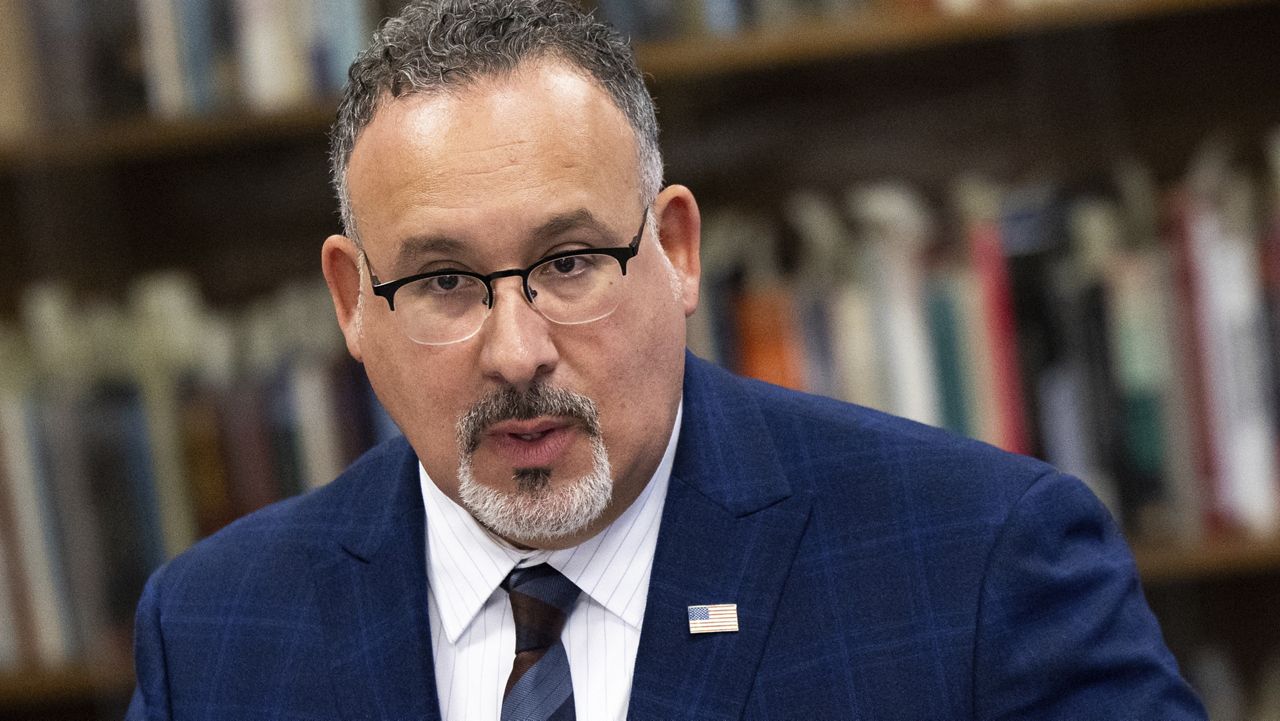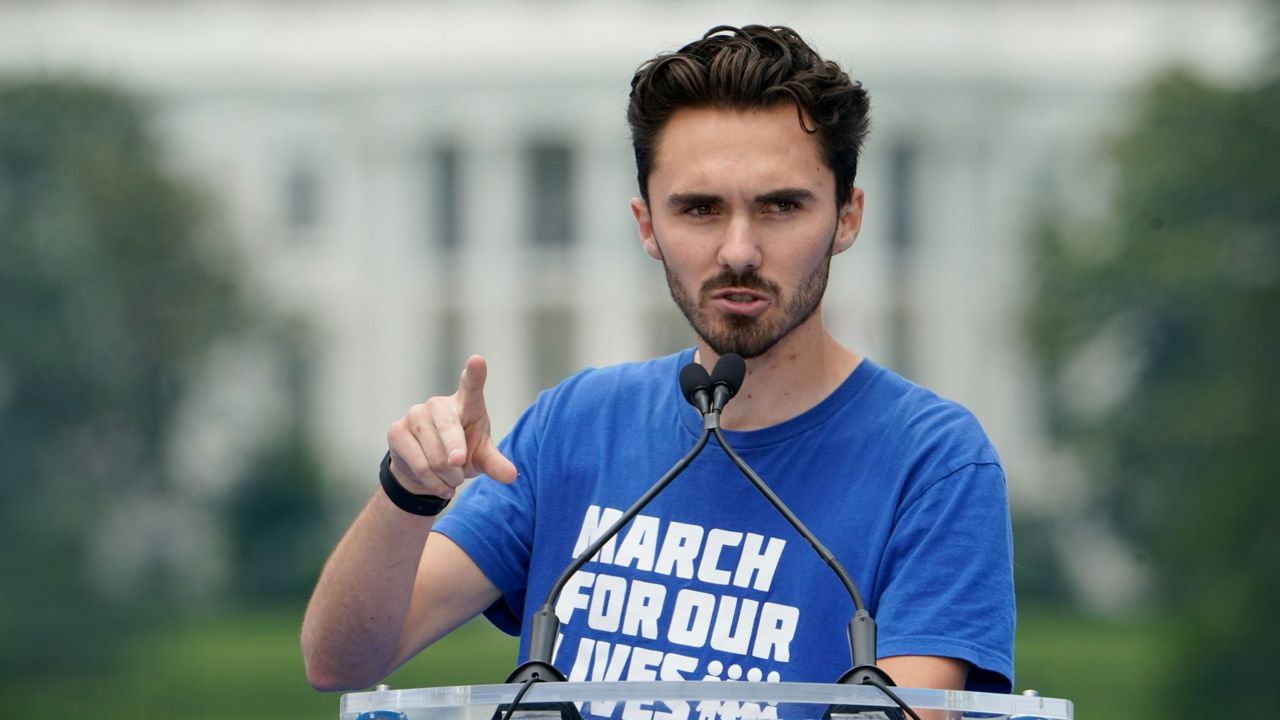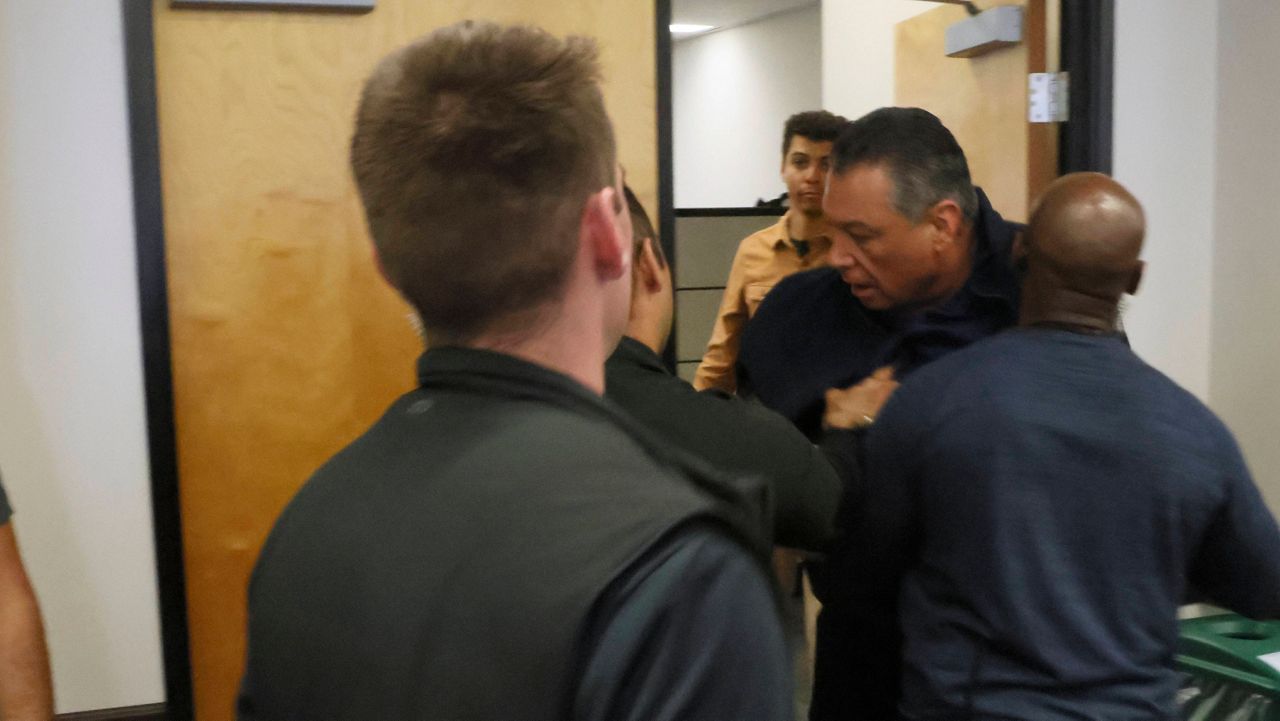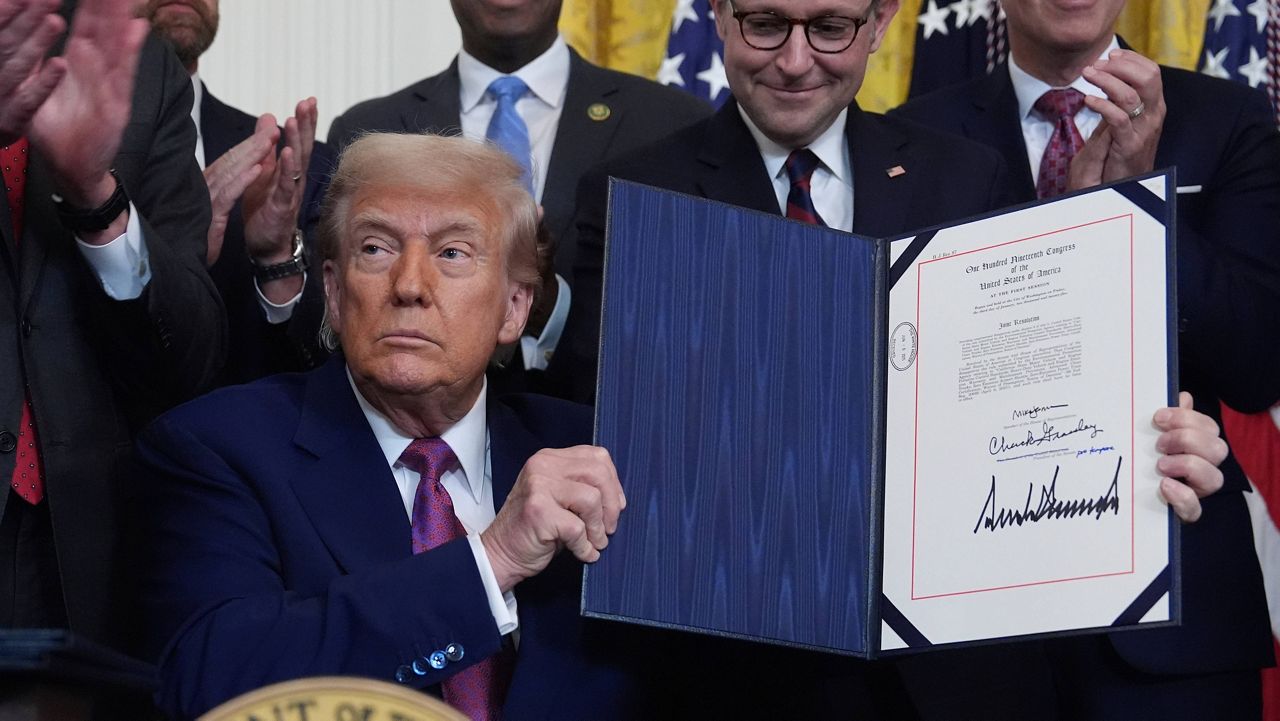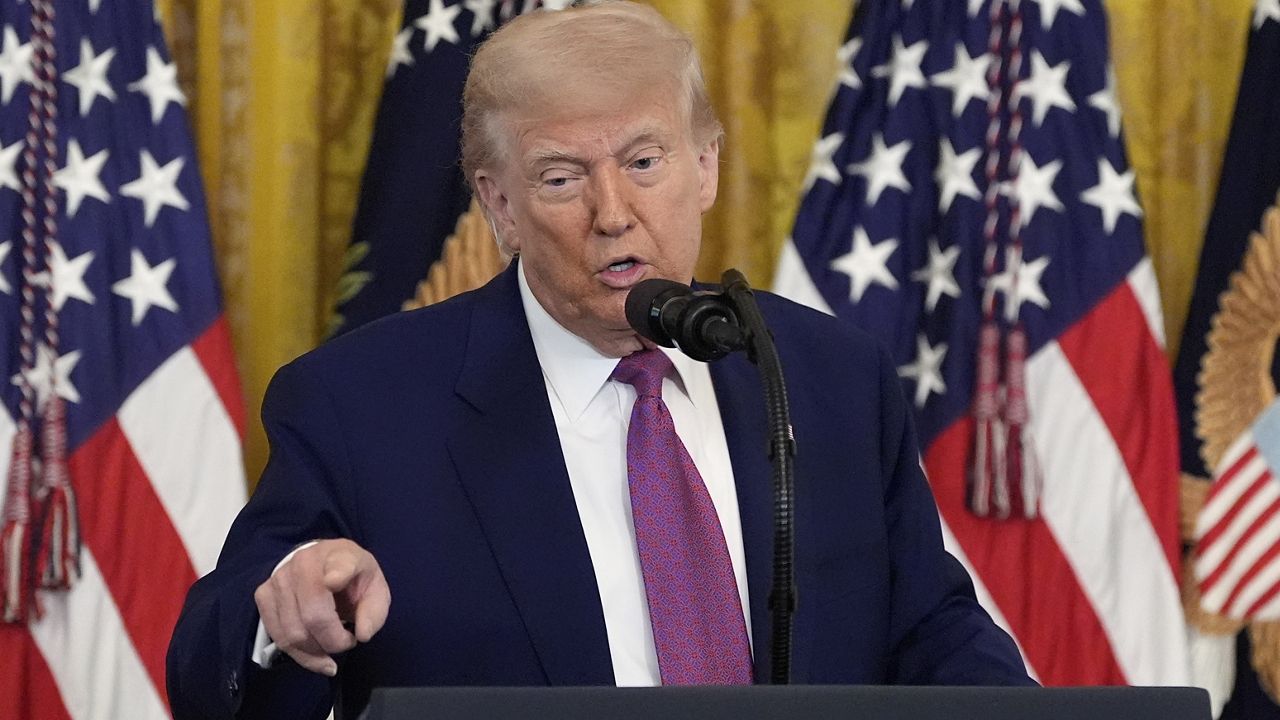The Biden administration on Thursday announced it will seek to include a new category of borrowers in its second attempt at forgiving student debt: those who it determines are facing financial hardship.
The move would add a broader group of borrowers to the yet-to-be finalized proposal, which has thus far focused on narrower categories, such as those who have been paying loans for years and those who — through interest — have built up more debt than they originally owed.
“For too long our nation has normalized a system where financial hardship has put higher education out of reach for too many Americans,” Education Secretary Miguel Cardona told reporters on a call on Thursday. “As a lifelong educator, I've had too many conversations with students in high school, or even middle school, who already ruled out higher education because of the cost. That's unacceptable.”
Cardona told reporters on Thursday that the department will look at specific criteria of a borrower to determine whether they fit into the hardship category such as loan payments compared to income, the overall balance of student debt and whether loan payments interfere with paying for things like healthcare, childcare or “basic needs like getting food on the table.”
The proposal would also allow for automatic relief for those likely to be in default in two years.
“Keep in mind, a big reason the president has been pushing for student debt relief is to address the over 1 million defaults we've seen annually,” Cardona said. “The announcement today also outlines a path that I can use as secretary to provide more relief through the Department of Education application process.”
“It leaves open tabs for additional ideas and individualized relief or other automatic processes,” Cardona added.
The category is set to be discussed at next week's rulemaking session, part of a process for developing a path to loan forgiveness after President Joe Biden's original plan was struck down by the Supreme Court last year.
The categories of borrowers who would be eligible under the new plan already includes those whose loans have grown larger than what they originally owed, those who have been paying off their debt for at least 20 or 25 years, those who attended career-training programs that leaves graduates unable to repay their federal student loans and those who have not applied for relief but are eligible under repayment plans.
The rulemaking process to finalize the new proposal is expected to take months to finalize and will likely face a legal challenge when it does. Conservatives have vowed to fight against any attempt at mass student loan debt.
Biden originally attempted to cancel up to $20,000 for an estimated 43 million people making under a certain income.
After the Supreme Court ruled the president overstepped his authority with the plan, Biden pledged to try again using a new legal basis. He warned at the time that the process of creating the new proposal would be lengthy.
Since then, the president announced a new repayment plan called the Saving on a Valuable Education — or SAVE — Plan, which lowers monthly payments for borrowers based on income, halts loans from growing due to unpaid interest and eases requirements for low-balance borrowers to receive forgiveness.
The Biden administration has still been able to cancel more than $136.6 billion for more than 3.7 million borrowers through what it calls fixes to existing programs.
The Associated Press contributed to this report




